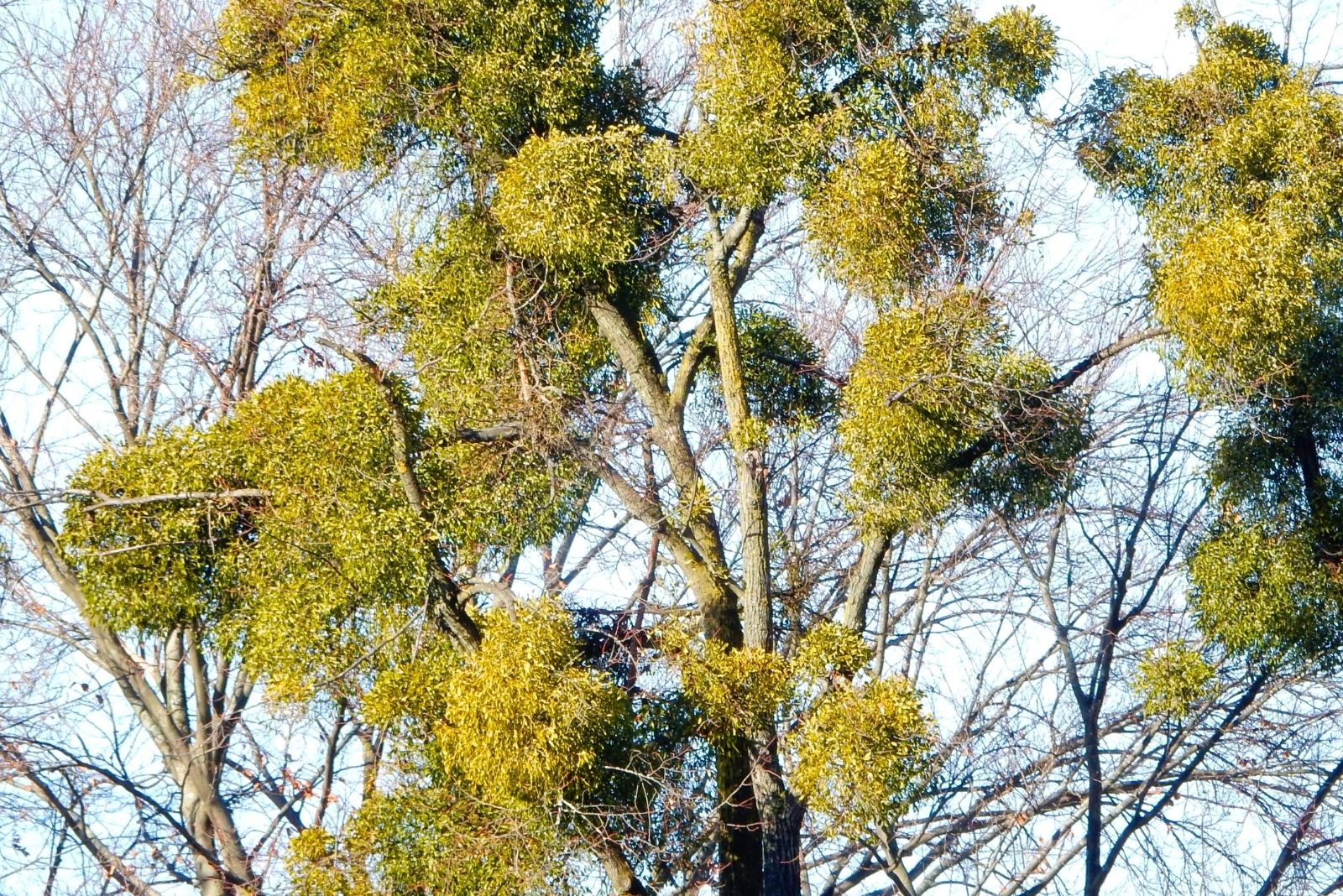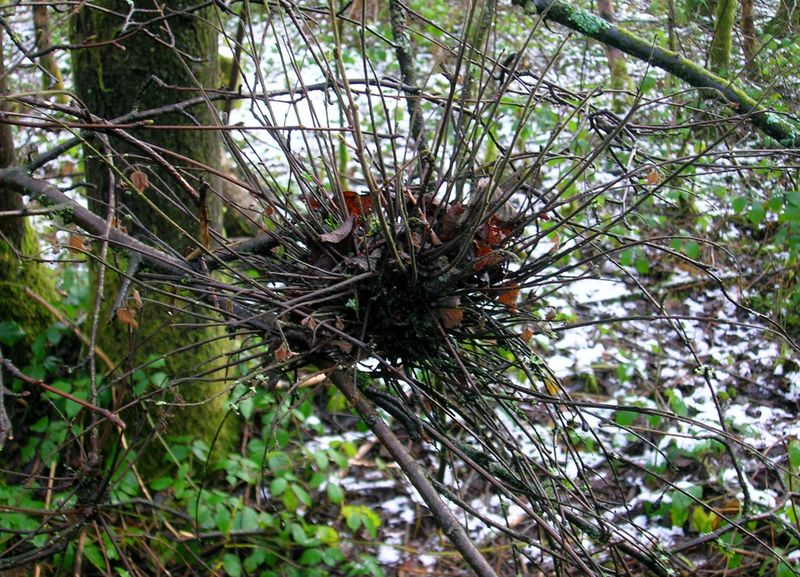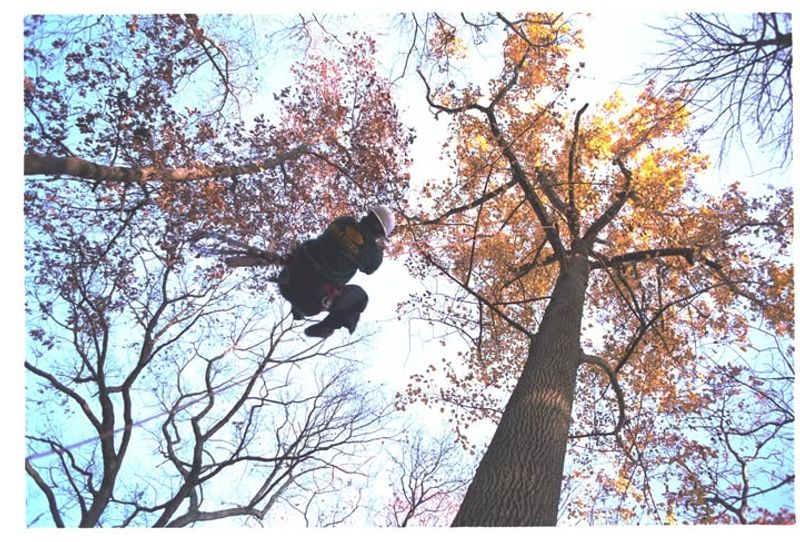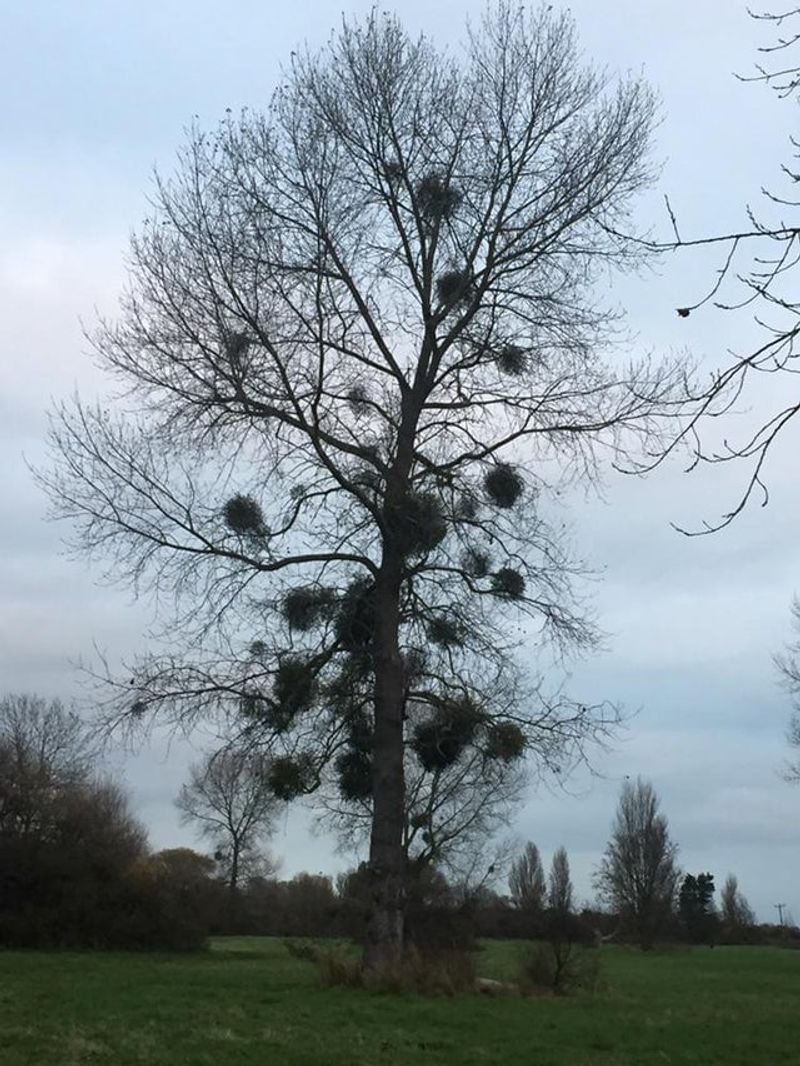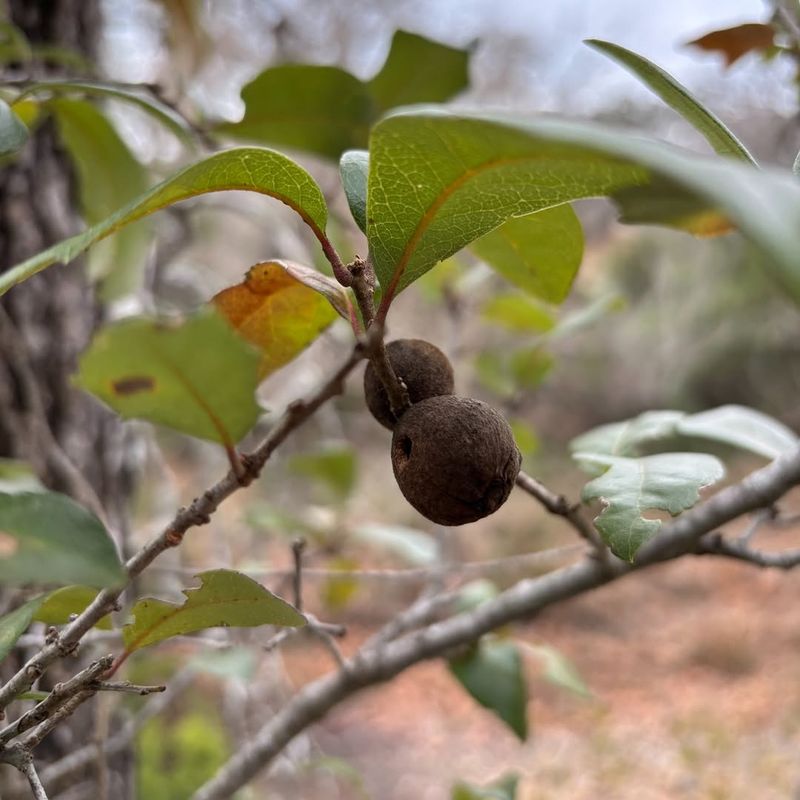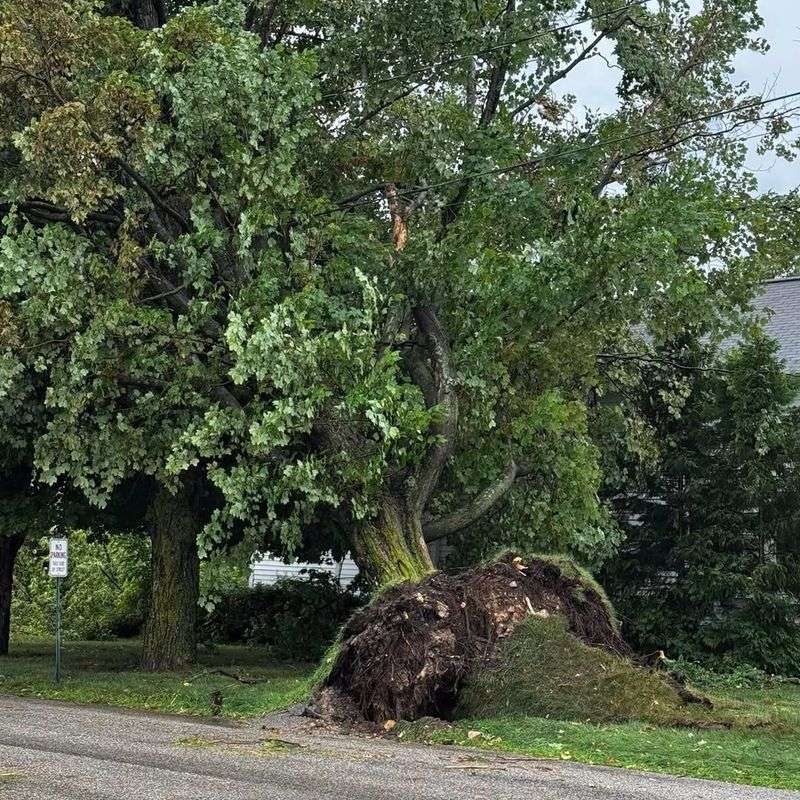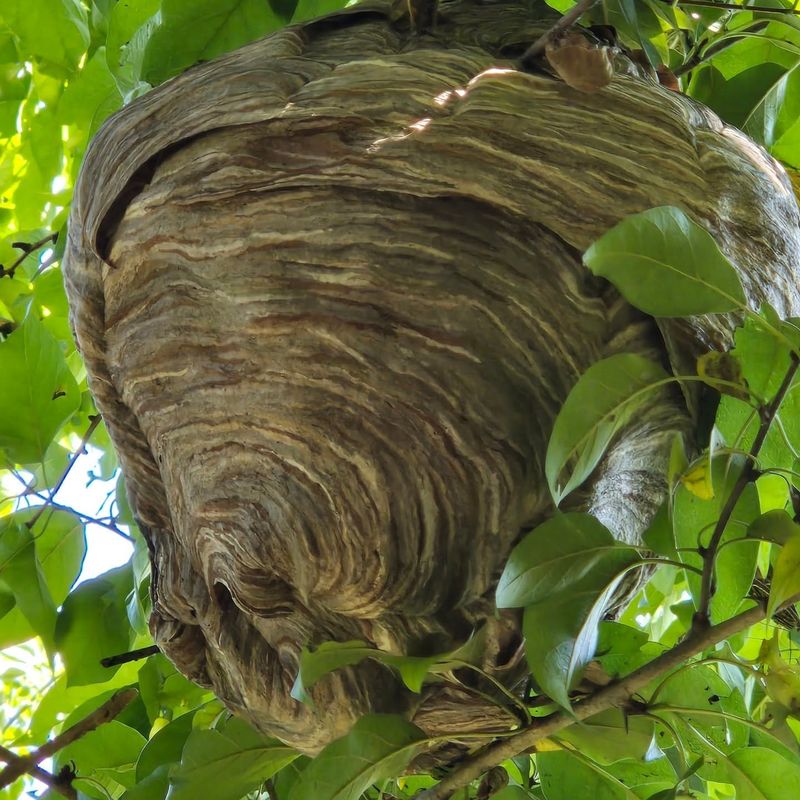You’ve probably spotted a big, round clump of leaves high up in a tree and wondered if it’s a cozy bird nest. While it might look like the perfect home for some feathered friends, there’s a good chance it’s something completely different.
Oklahoma trees host several interesting creatures and natural formations that create these leafy balls. Let’s explore what’s really going on up there in those branches.
1. Squirrel Dreys Are Master Constructions
Squirrels build amazing homes called dreys that look remarkably similar to bird nests from the ground. Unlike bird nests made with twigs and mud, dreys are constructed with leaves, twigs, and moss all woven tightly together.
Gray and fox squirrels create these leafy spheres about the size of a basketball, usually positioned in the fork of tree branches. Inside, they line their cozy homes with soft materials like shredded bark and grass for extra warmth during Oklahoma’s chilly winters.
2. Witches’ Broom Looks Spooky But It’s Harmless
Sometimes trees develop weird growths called witches’ broom that create dense clusters of tangled branches and leaves. This strange formation happens when fungi, insects, or diseases cause abnormal growth patterns in the tree’s branches.
The result looks like someone tied a bunch of twigs into a messy ball. While it might seem alarming, witches’ broom rarely kills the tree and often just becomes a quirky feature that birds might eventually use for actual nesting later on.
3. Bagworms Create Protective Cocoons
Bagworms are sneaky little caterpillars that build protective cases out of silk and bits of leaves, twigs, and bark from their host tree. As they munch on tree foliage, they drag their homemade bags along with them everywhere they go.
When dozens of these bags cluster together on branches, they can look like a single leafy mass from far away. Each bag hangs like a tiny pinecone, and if left unchecked, these pests can seriously damage your trees by stripping them bare.
4. Mistletoe Clumps Aren’t Just For Kissing
Mistletoe grows as a parasitic plant that attaches itself to tree branches and steals water and nutrients from its host. In Oklahoma, you’ll often see these evergreen clumps forming round, bushy masses high in deciduous trees, especially during winter when other leaves have fallen.
The dense green balls can reach impressive sizes and might fool you into thinking they’re nests. While mistletoe provides food for birds and wildlife, too much of it can weaken or even kill the tree over time.
5. Leaf Galls Are Nature’s Odd Bubbles
Certain insects lay their eggs on tree leaves, causing the plant to form abnormal growths called galls around the developing larvae. Oak trees in Oklahoma are particularly prone to developing these strange formations, which can cluster together and create bumpy, ball-like masses.
Galls come in wild shapes and sizes, from tiny spheres to larger lumpy clusters that might resemble nesting material. Most galls won’t seriously harm your tree, and they actually provide shelter for the tiny insects growing inside them.
6. Old Bird Nests Get Bigger Over Time
While we’re talking about what’s NOT a bird nest, some of those leafy balls actually started as real nests that got renovated and expanded. Hawks, crows, and magpies often return to the same nesting spot year after year, adding more sticks and materials each season.
Over time, these nests transform into massive structures that look more like leafy fortresses than simple bird homes. Squirrels might even move into abandoned bird nests and remodel them with leaves, creating hybrid structures that confuse everyone.
7. Storm Damage Creates Leafy Tangles
Oklahoma’s severe weather can break branches and create natural debris piles that lodge in tree canopies. When strong winds twist and snap limbs, they sometimes get caught in other branches instead of falling to the ground, creating messy clumps.
Dead leaves, Spanish moss, and broken twigs accumulate around these caught branches, forming what looks like a deliberately built structure. After a tornado or severe thunderstorm passes through, you might notice several of these accidental formations appearing in your neighborhood trees seemingly overnight.
8. Paper Wasp Nests Are Architectural Wonders
Paper wasps build gray, papery nests that can grow quite large and might be mistaken for leafy balls, especially when partially covered by surrounding foliage. These insects chew wood fibers and mix them with saliva to create a paper-like building material for their umbrella-shaped homes.
In Oklahoma’s warm climate, wasp colonies can thrive and expand their nests throughout summer and fall. While these aren’t made of leaves, they often blend with tree foliage and create suspicious-looking lumps that deserve cautious investigation from a safe distance.

